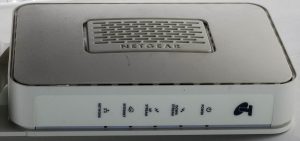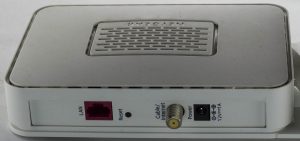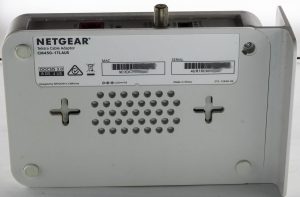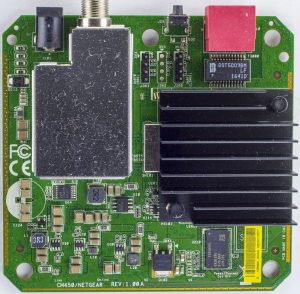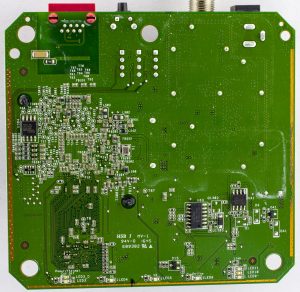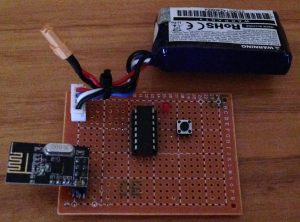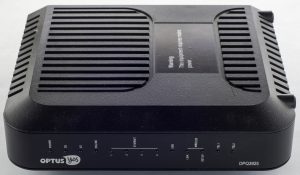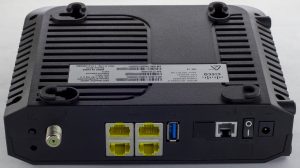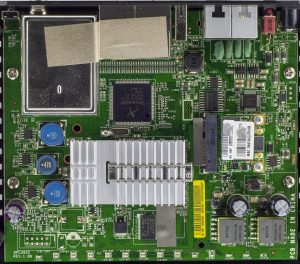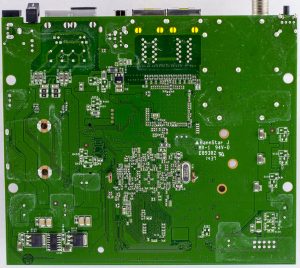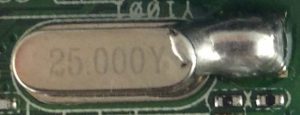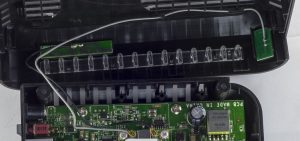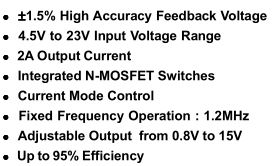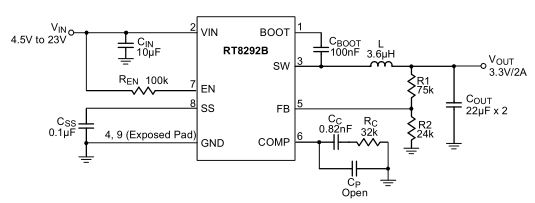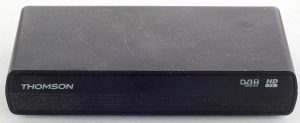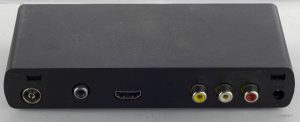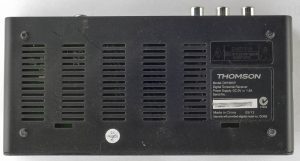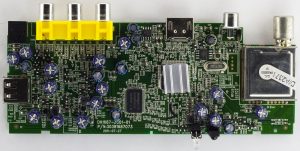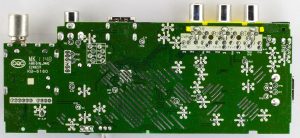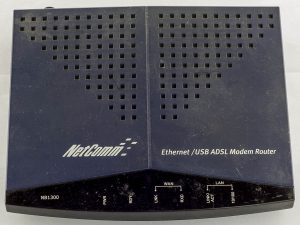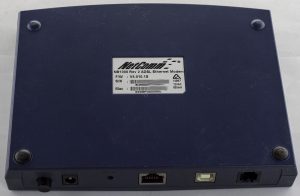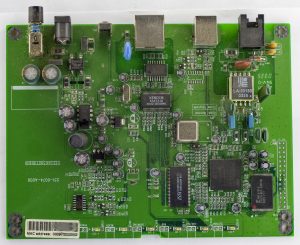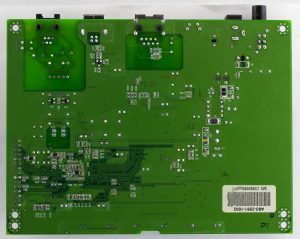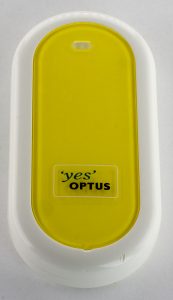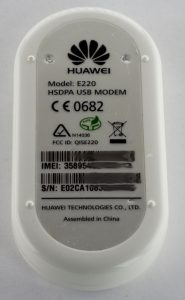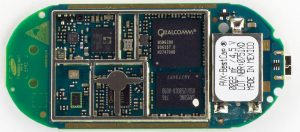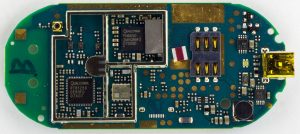Inside the Netgear Telstra Cable Adapter (Dated 2016)
Posted in Teardowns on Jan 2nd, 2018
Today we’ll be taking a look at something a little bit modern, the Netgear Telstra Cable Adapter (CM450-1TLAUS) which is a cable modem with just the one Gigabit Ethernet port and RF connector.
4 screws later and we’re in.
We have a single chip solution with a large heatsink and the RF side has the usual RF shield. They have exposed ground strips on 3 out of the 4 sides of the board and there are no electrolytic caps to be found, they even had a footprint for one to the left but had the option of SMD caps too. Interestingly there are 2x 4 pin headers, labelly nicely, one reads UART0 (BBS) and the other UART1 (LINUX).
We have some logic chips around, an LV132 Quad NAND gate and on the bottom an 74HC74D Dual D-Type Flip-Flop and an LM358 too. PCB Datecode is 45th week of 2016.
For the power side, we have 4x DC-DC converters with inductors ranging from small to large, the largest one is the Richtek RT7233 18V 4A while the others are 6 pin chips (2x 04-P0G, 1x C8-L2P) which I can only assume might also be Richtek chips as the DC-DC’s don’t use an external diode.
